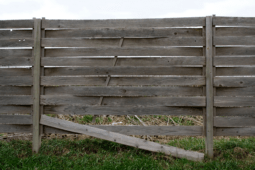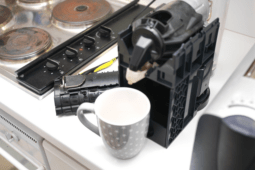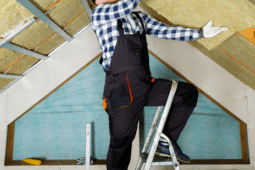Drywall vs Plaster: Differences, Advantages and Disadvantages
When it comes to DIY projects, it is all about having the right materials and tools for the job. Cutting costs may be important to some (budgets do matter) but it can mean having to re-do the work sooner rather than later.
When it comes to drywall vs plaster, it is important to know the differences between each. Knowing the advantages, disadvantages, and distinct differences between the two can help you make the right choice for your next project.
Which is Best for Home Construction?
When it comes to home construction projects involving walls, you are going to hear about one of two options: plaster and drywall. For the most part, you are going to find drywall in newer homes. Drywall is typically comprised of gypsum that has been sandwiched between a pair of sheets of paper. Plaster, combined with lath, comes in size-specific sheets as well.
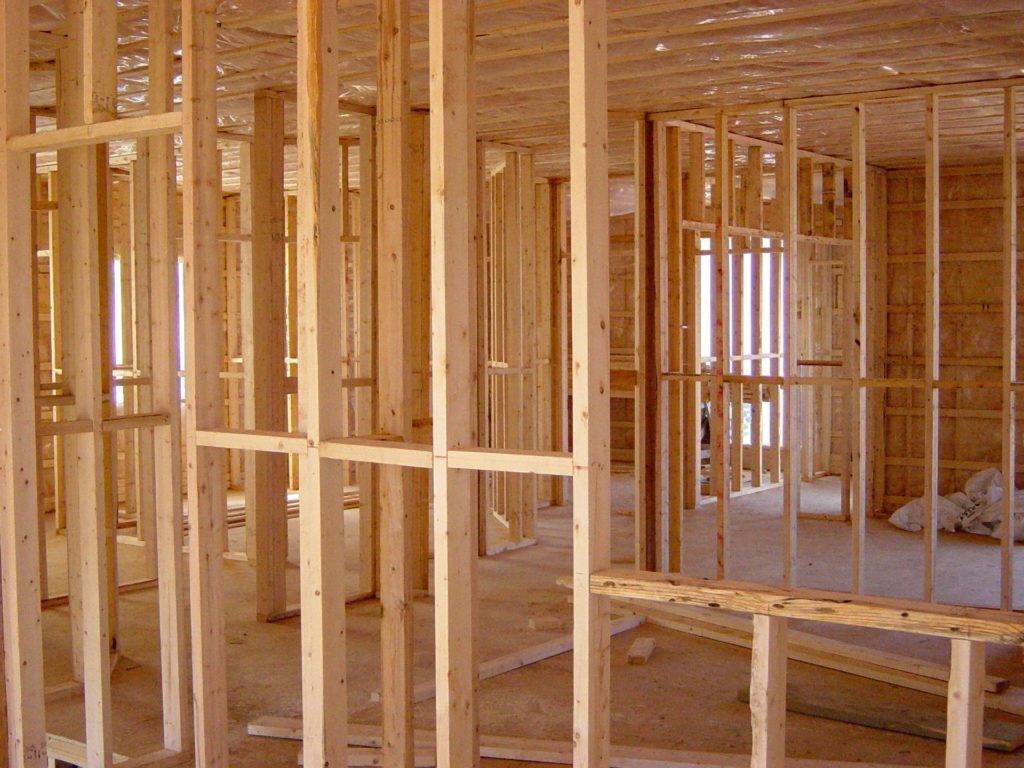
The Differences Between Drywall and Plaster
To the uninitiated, it can seem like there is not much of a difference between drywall and plaster. After all, both are used to enclose walls in home construction projects, right? Well, that may actually be one of the few similarities between the two. In reality, there are quite a few differences that separate each, making one a better choice than the other given your home project.
Plaster is More Labor-Intensive
One of the biggest keys to any home construction project is the labor time involved. Whether you are paying a professional to perform the installation or taking on the job yourself, the installation time definitely matters.
One of the reasons why drywall tends to be a bit more common than plaster is due to the ease of installation. Skilled laborers are required for plaster rather than drywall. It will typically take a professional quite a bit longer to perform a plaster installation than it will a drywall installation.
Another major difference is that repair work is more comprehensive for plaster. Because it is such a high-maintenance material, repairs behind the wall will be more difficult to implement. Getting behind drywall is much easier and straightforward for DIYers to take on.
There is a Cost Difference
A major factor in any home construction project is the cost. As much as we would all like to get our ideal choices, budgets must be followed. So, when it comes down to it, drywall is a much more cost-effective option than plaster.
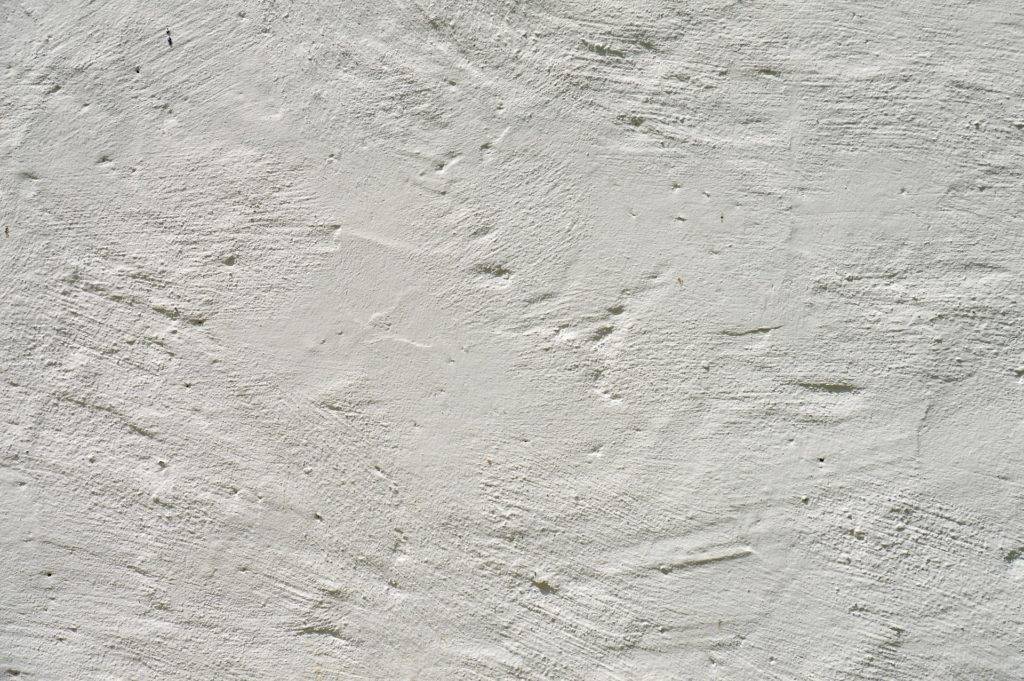
Part of this raised cost has to do with the labor issues mentioned above. Installing plaster means having a specialty skilled tradesman to perform the task. That’s not even factoring in the labor costs, which can take as much as three times longer than installing drywall.
The cost of materials is pretty comparable, though. It is not uncommon for skilled tradesmen or DIYers to take on the task of installing plaster themselves.
Thickness and Insulation Quality
Drywall is quite a bit thinner than plaster when installed. As a result, there are some major differences in insulation and sound resistance.
Plaster tends to be better at blocking out sound transmission. For those who enjoy their privacy, plaster may be the better option. That said, the increased thickness can muffle wireless internet and cell reception quality.
Speaking of thickness, there are some misconceptions about insulation quality between the two. While it may seem like the thicker plaster would be better at insulation, that is not necessarily true. Plaster can’t quite meet the thermal standards that drywall can. Combined with modern insulation, drywall is much better at providing efficient, easy-to-install insulation.
Finished Look
For higher-end homes, it is not uncommon to see plaster installed. The reason being that plaster can achieve that “high-end” look, with a smoother, glossier finish than offered by traditional drywall.
Drywall may be standard in many homes today, but plaster in a variety of upgrades. Plater might also be a better choice for curved walls, since it is quite difficult to get drywall to bend. The latter can also contribute to cracking and other issues with the quality of the drywall.
In modern, high-end homes, plaster achieves a more versatile aesthetic. Drywall is fine for traditional homes where the walls are straight but will struggle to meet the variety of a high-end property. For that reason, combined with durability, plaster is the better choice between the two in more expensive properties.
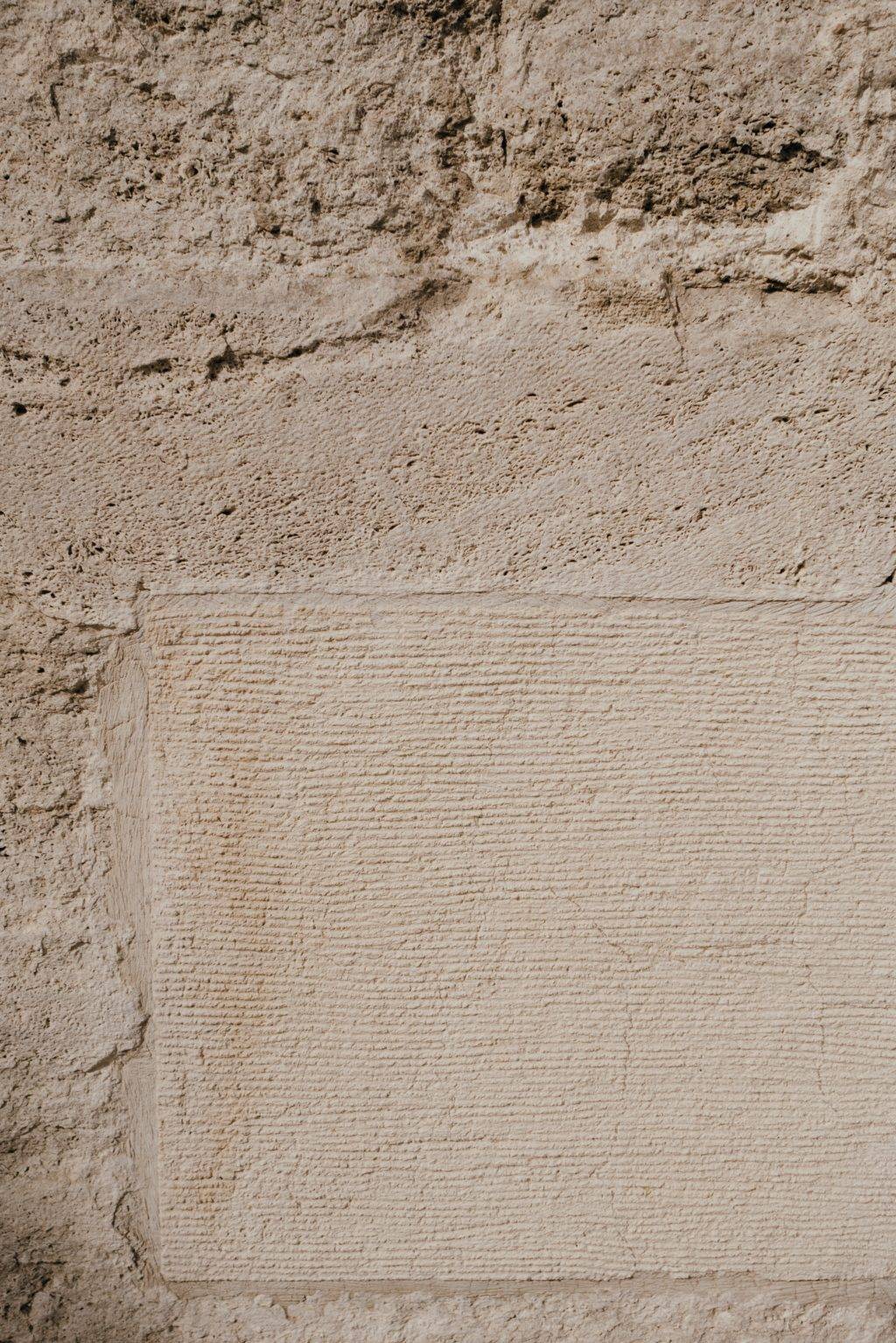
The Advantages of Drywall
First and foremost, drywall is the less expensive option between the two. Furthermore, it is also less labor-intensive choice. Drywall contractors are efficient at hanging a lot of drywall in a short time frame.
Drywall also tends to be more fire-resistant than plaster. Fire safety is definitely important, especially in a family home. The extra layer of fire resistance can sometimes mean the difference between an emergency averted and a tragedy.
There are also a ton of different options available for insulation. If you choose to install drywall, there are a lot of different choices for insulation, making drywall the more energy efficient of the two. In this day and age, energy efficiency is critical.
The Disadvantages of Drywall
There are a few issues. For one, drywall tends to be not quite as durable as plaster. Because it is not resistant to impact, you may have to deal with scuffing, small holes, damaged corners, and even joints cracking over time.
Improper installation can also be highly detrimental. Yes, it is easier to install drywall as a DIYer. That said, if it is installed improperly, you may be setting yourself up with joint and tape problems later on down the line. Proper installation is key and can be easily done wrong.
Finally, drywall tends to be less resistant to water than plaster. Especially when installed in basements, bathrooms, or rooms that have higher moisture contents, the drywall can come under attack. Further, damp drywall can lead to mold infestations and that is nothing to be trifled with.
The Advantages of Plaster
Plaster is quite a bit stronger when compared to drywall. Whereas drywall can be susceptible to dents, dings, and missing chunks, you won’t have to face the same issues with plaster. Punching holes through drywall is easy; you won’t find the same with plaster.
Compared to drywall, plaster is also much better at blocking out sound. Because it is both thicker and harder than drywall, it helps to reduce sound permeating through it. A wall that is thicker will naturally have better sound reduction abilities. If you are big on privacy, plaster walls are a better choice.
Plaster is also quite energy efficient, even without insulation. A traditional plaster, something around 7/8-inch in thickness, is nearly twice as thick as your common drywall application. The thicker plaster has better thermal breaks, meaning it is easier to regulate temperature. That all means savings on energy bills over time.
The Disadvantages of Plaster
Given our proclivity for the internet these days, plaster may not be the most friendly for Wi-Fi. The thicker walls can get in the way of Wi-Fi and cellular signals, making it difficult to receive strong signals throughout the home. That means needing to upgrade to a mesh Wi-Fi system to get the best results.
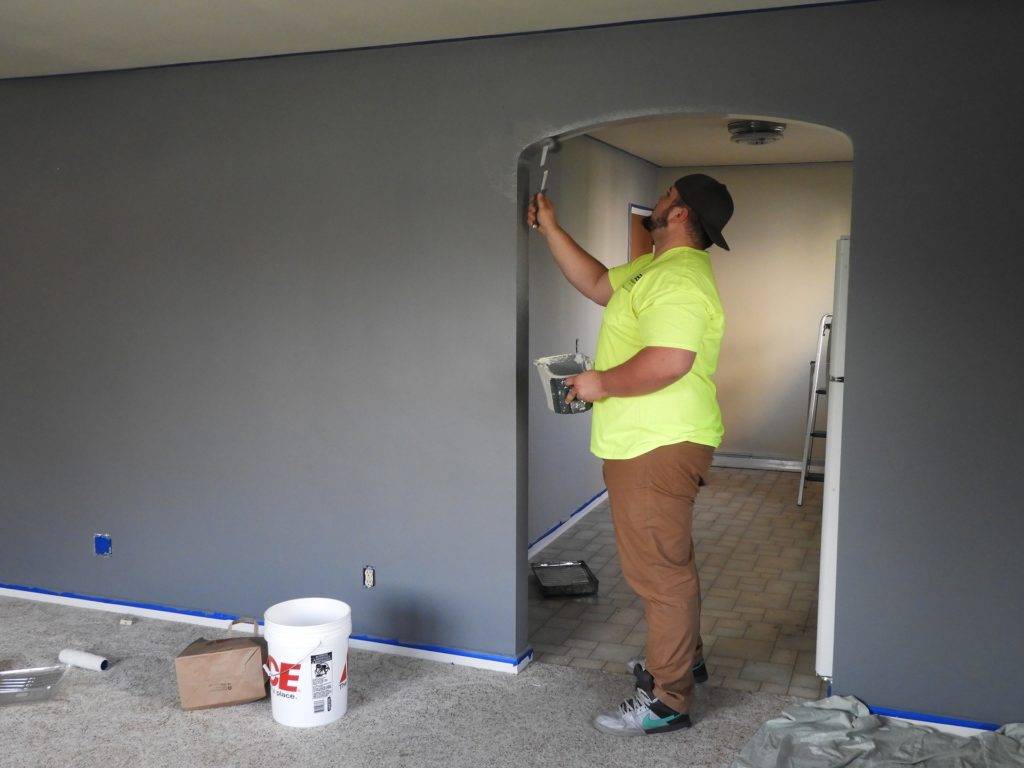
Plaster is also much more susceptible to cracking than drywall. Despite the fact that it is cured much harder than drywall, it tends to be more brittle when it comes to cracking. It is also not uncommon to face foundational cracks along walls and ceilings as a result of gravity and age.
Plaster tends to be less flexible for home décor. One of the great benefits of drywall is that you can punch through it with a nail or hook. You won’t have the same success with plaster, making it more difficult to hang pictures, artwork, and tapestries.
Which is the Right Choice?
When it comes down to it, your personal needs will dictate which option you choose. Plaster is more durable over the long-haul. It is also great for those who value their privacy and don’t want sound traveling through the walls too easily.
Drywall, meanwhile, is cheaper and easier to install. There are also a lot more options for insulation, providing better energy-saving options than plaster. Drywall is also easier to manipulate, making it easier to hang items to match the home’s décor.
The right choice depends on your personal needs. In any event, both make for great options despite their very different qualities.


